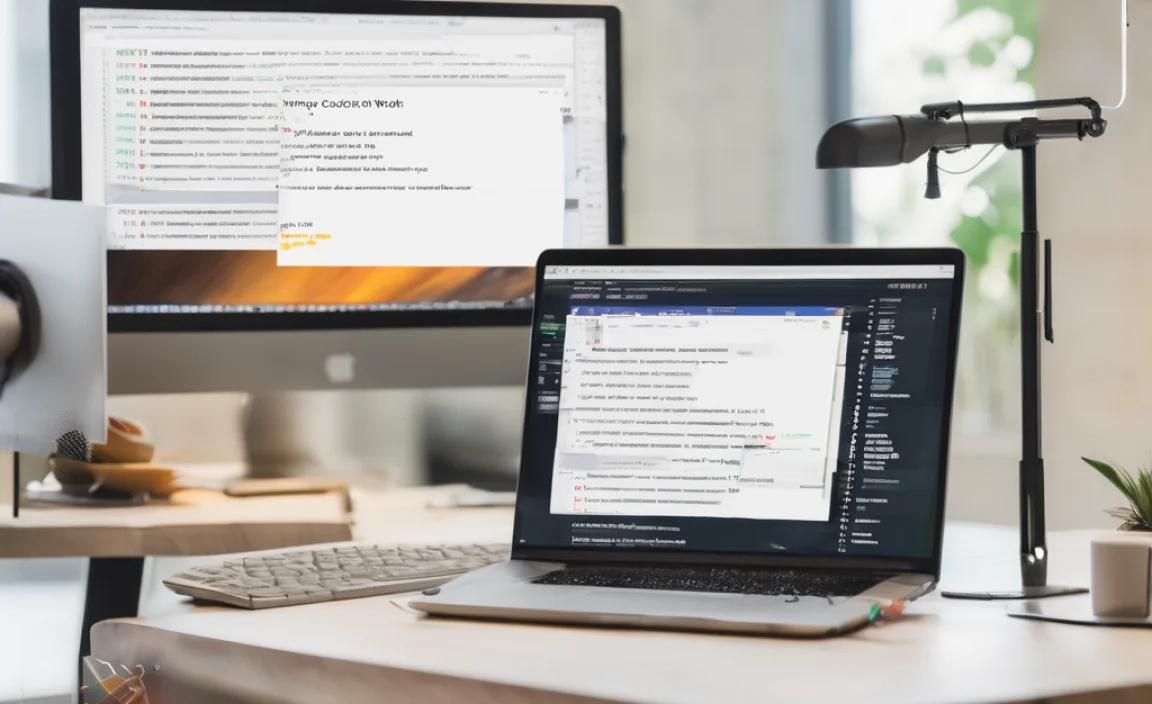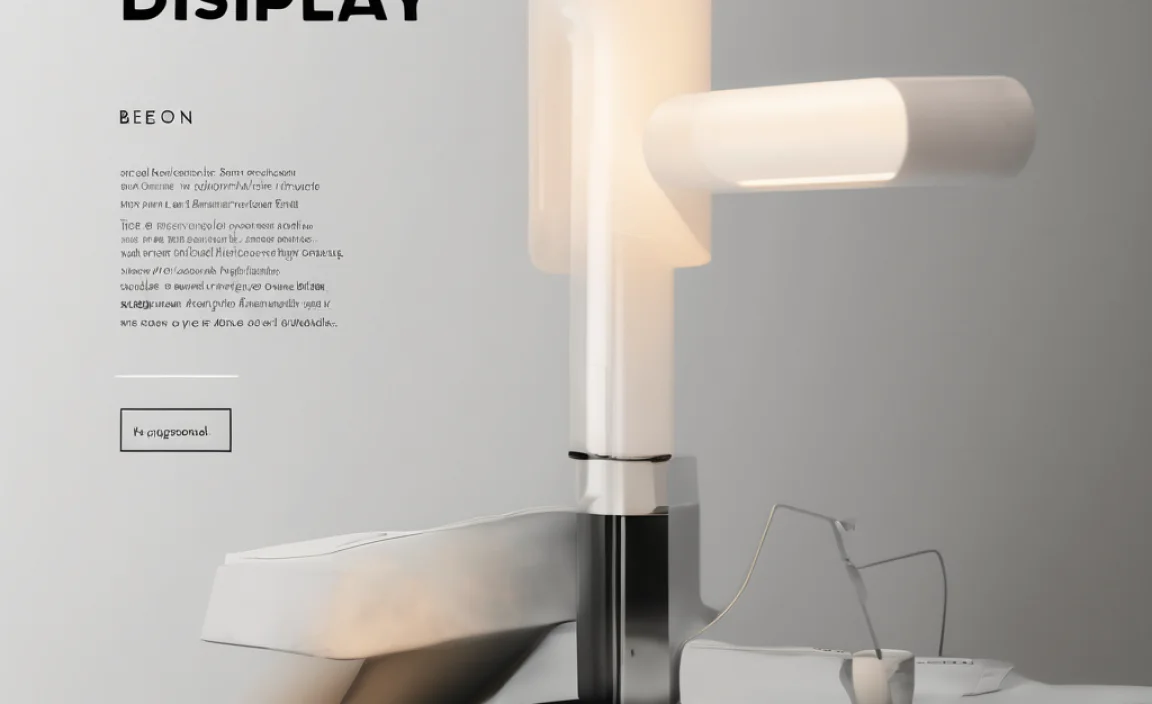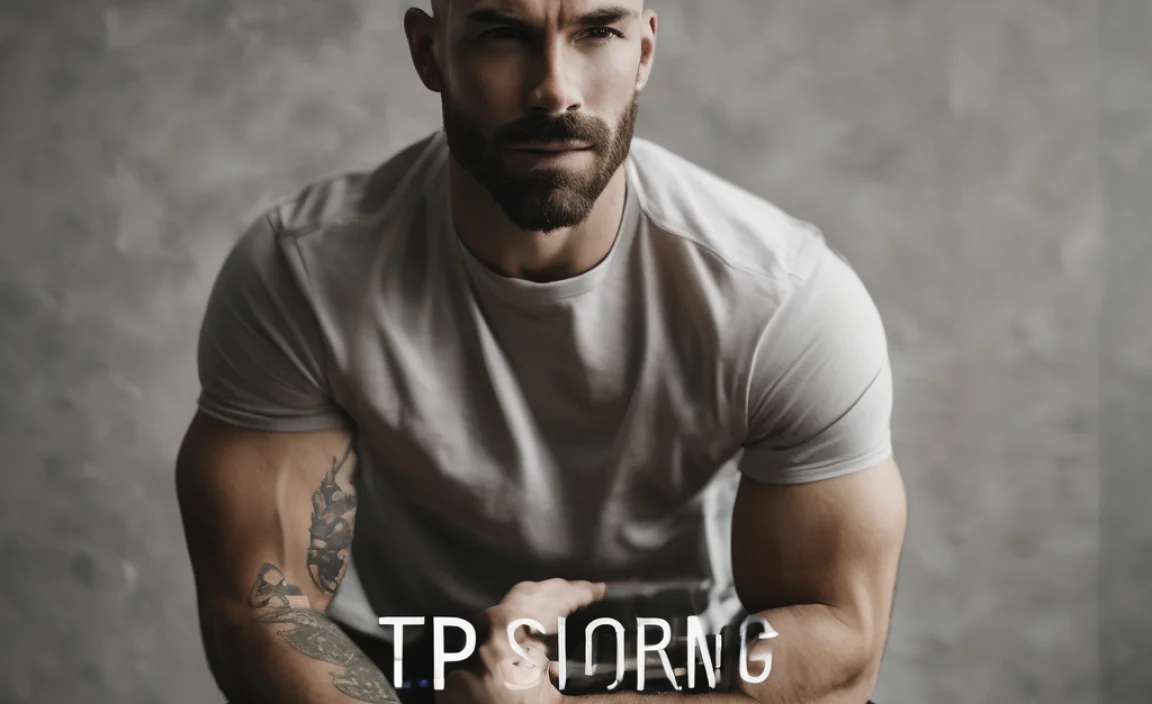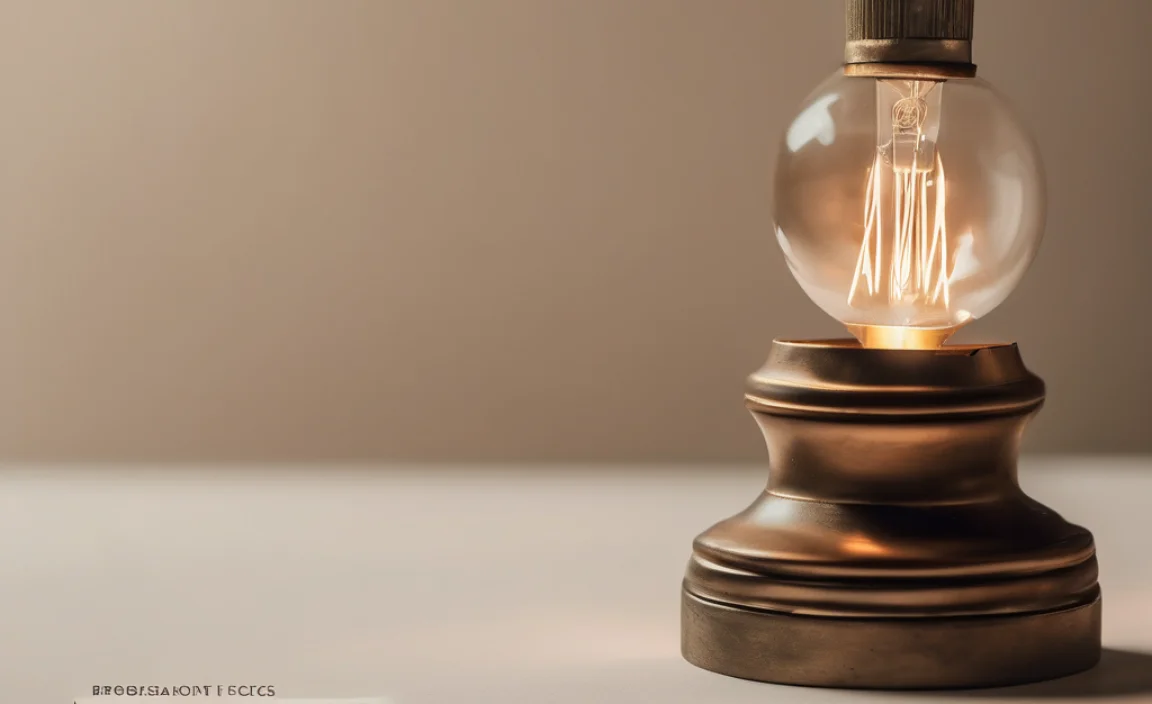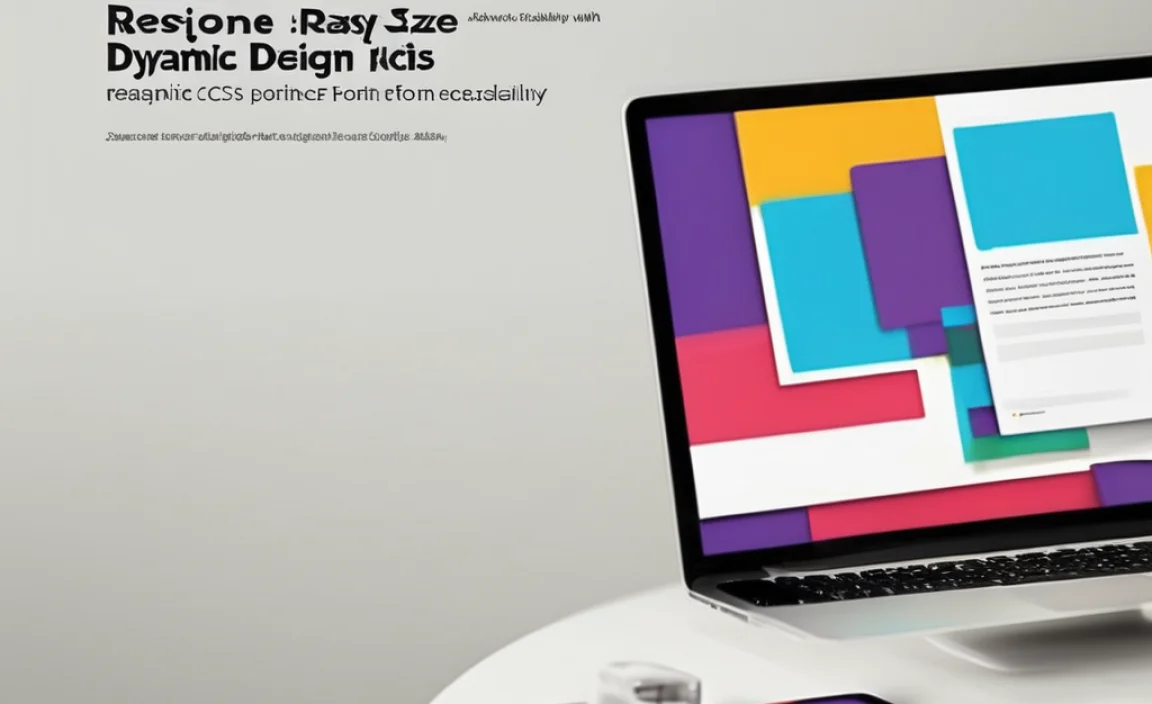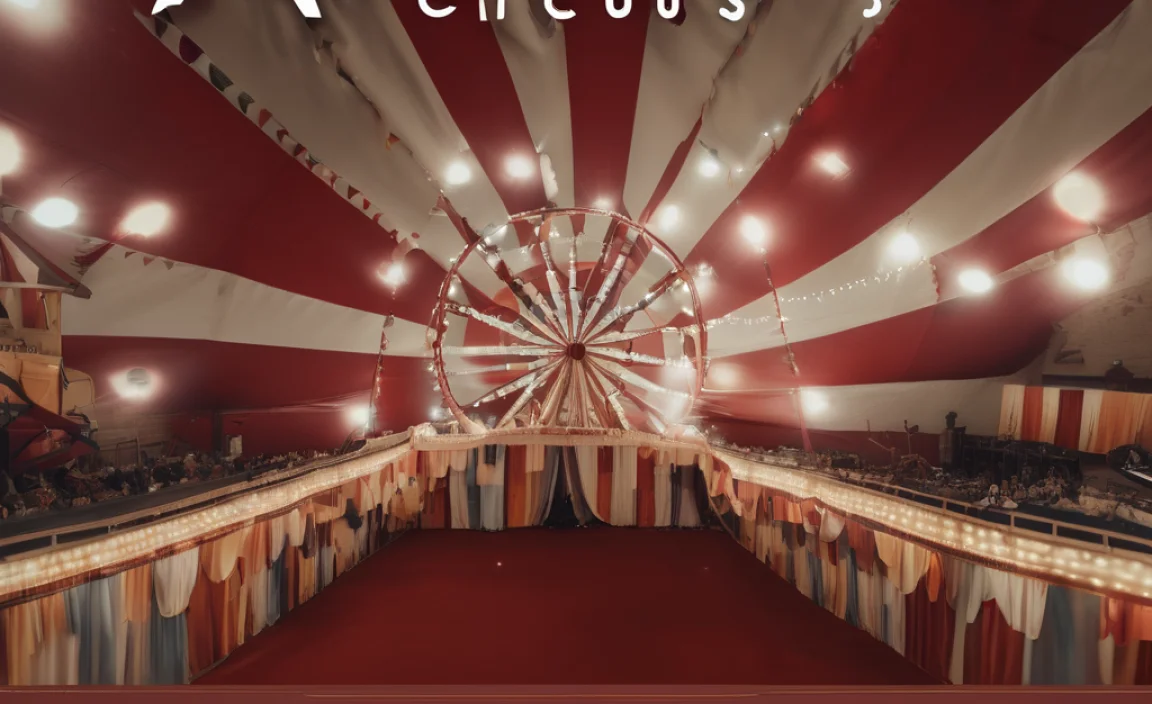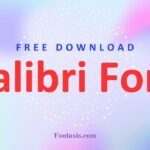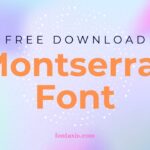Unlock the iconic “Notorious B.I.G. Font” for your designs! This guide shows you how to find and use typography that captures the spirit of Biggie Smalls, from bold displays to signature styles, enhancing your branding and graphic projects with classic hip-hop flair.
Ever stumbled upon a design that just screams “cool”? Maybe it’s the bold lettering on a vintage album cover or the distinctive style on a rap artist’s merch. If you’ve been captivated by that unmistakable aesthetic, chances are you’ve encountered what many lovingly call the “Notorious B.I.G. font.” It’s more than just lettering; it’s a vibe, a statement, a piece of music history translated into visuals.
But what exactly is this font, and how can you wield its power in your own creative projects? Don’t worry, it’s simpler than you think! Many beginners feel overwhelmed when trying to pinpoint specific design elements that make them feel nostalgic or inspired. The “Notorious B.I.G. font” is one of those elusive gems.
It’s not one single font, but rather a collection of type styles often associated with Biggie Smalls and the hip-hop era he defined. This guide will break down what this iconic look is all about, where to find it, and how to use it like a pro, even if you’re just starting out. Get ready to infuse your designs with a legendary attitude!
What Exactly is the “Notorious B.I.G. Font”?
Let’s clear this up right away: there isn’t one single, officially named “Notorious B.I.G. Font.” Instead, this term usually refers to the distinctive typography seen in promotional materials, album artwork, and merchandise associated with Christopher Wallace, aka The Notorious B.I.G.
This era of hip-hop design often featured bold, impactful, and sometimes graffiti-inspired fonts that conveyed a sense of confidence, urban grit, and undeniable swagger. When people talk about the “Notorious B.I.G. font style,” they’re often thinking about:
- Heavy, Blocky Sans-Serifs: Think thick, solid letters that command attention. These are often geometric and have a no-nonsense feel.
- Graffiti and Street Art Inspirations: Many designs from this period borrowed elements from urban art, including stylized lettering, drips, and outlines.
- Dynamic and Energetic Scripts: Sometimes, more expressive, flowing script fonts were used to add a touch of individuality and flair.
- Retro and Vintage Aesthetics: TheFonts often evoke a sense of the 1990s, with a slightly distressed or textured look.
The power of this typography lies in its ability to evoke a strong emotional response. It’s instantly recognizable and carries with it the legacy of one of music’s greatest storytellers. For designers, tapping into this aesthetic can lend a project authenticity, a retro cool factor, and a powerful visual punch.
Finding Fonts with That Biggie Smalls Vibe
Since there isn’t a single font, your mission is to find typefaces that capture the spirit of the “Notorious B.I.G. font.” This means looking for characteristics we just discussed. Here are some categories and specific examples that often hit the mark:
Bold and Blocky Sans-Serifs
These are the workhorses for conveying power and presence. They are straightforward, impactful, and highly readable, making them perfect for headlines and logos.
- Impact: A classic for a reason. Its condensed, extra-bold weight makes it incredibly striking.
- Bebas Neue: A popular, free sans-serif that’s tall, condensed, and perfect for impactful headlines.
- Anton: Similar to Impact but with a slightly different character, it’s a great choice for bold, attention-grabbing text.
- League Gothic: Another condensed, all-caps typeface that exudes confidence.
Graffiti and Urban-Inspired Fonts
These fonts bring an artistic, street-smart edge. Use them judiciously, as they can sometimes be less readable in large blocks of text, but they excel for accents and display purposes.
-
- The Graffiti Font: A name that says it all, offering an authentic street art look.
- Brooklyn: Often cited for its edgy, graffiti-like style that feels energetic.
- Tags: This font aims to replicate hand-drawn graffiti tags, offering a raw and authentic feel.
- Furious Styles: Captures the wild, expressive nature of graffiti lettering.
Note: Many graffiti fonts can be found on sites like DaFont or FontSpace. Always check the licensing terms for commercial use.
Retro and Distressed Fonts
To get that authentic 90s feel, look for fonts with a slightly rough or worn texture. These add character and a sense of history.
- Blackletter/Gothic Fonts (Modernized): While traditional Blackletter itself is Old World, modern interpretations can feel surprisingly hip-hop influenced, especially when bolded. Think Fraktur or Old English styles with a heavy feel.
- Rebeltype: A font designed to look like hand-painted lettering on a sign, often with a distressed finish.
- Special Elite: Mimics the look of a vintage typewriter, offering a subtle retro vibe.
Energetic Scripts and Display Fonts
For a more personalized or dynamic touch, certain script or display fonts can capture the energy of Biggie’s flow.
- Brotherhood: A brush script that has a strong urban feel, energetic and bold.
- Playlist Script: A popular, natural-looking script that can add a personal touch.
- Any chunky, custom-feeling display font that has a unique personality and strong curves.
Where to Find and Download Fonts
The vast majority of fonts are readily available online. Some are free, while others require a purchase. Always be mindful of licensing, especially for commercial projects.
Free Font Resources:
- Google Fonts: A massive library of high-quality, open-source fonts. Excellent for web design. Explore Google Fonts.
- Font Squirrel: Offers a curated collection of free fonts, all licensed for commercial use. Discover on Font Squirrel.
- DaFont: A huge archive, but you must check the license for each font. Many are free for personal use only.
- FontSpace: Another large collection with a good variety, again, check those licenses!
Paid Font Marketplaces:
For more unique, professional, or specialized fonts, these sites are excellent:
- MyFonts: One of the largest marketplaces with an incredible selection.
- Fontspring: Known for its clear licensing and quality fonts.
- Creative Market: Offers fonts alongside other design assets, often bundling them.
- Adobe Fonts: If you have a Creative Cloud subscription, you have access to a vast library of high-quality fonts integrated into Adobe apps.
When searching, use keywords like “bold sans serif,” “graffiti font,” “urban font,” “90s font,” “hip hop font,” or “display font” to find options that align with the Notorious B.I.G. aesthetic.
How to Use the “Notorious B.I.G. Font” Style in Your Designs
Equipped with the right fonts, how do you use them effectively? It’s all about context and combining them thoughtfully.
1. Bold Headlines and Titles
This is where these fonts truly shine. A strong, blocky sans-serif or a stylized display font can make your main title or headline impossible to ignore. Think album titles, event posters, or key section headers on your website.
- Tip: Keep the text relatively short. Let the font do the heavy lifting.
- Tip: Use all caps for maximum impact with bold fonts.
2. Creating a Brand Identity
If your brand or project aims for a retro, urban, confident, or hip-hop inspired identity, these fonts can be foundational. A strong, memorable logo is crucial.
Consider pairing a bold display font for your logo name with a more readable sans-serif for your tagline or business name. This creates visual hierarchy and ensures legibility.
3. Designing Merchandise and Apparel
T-shirts, hoodies, hats – this style of typography is perfect for streetwear. Bold lettering, perhaps with an outline or a distressed effect, can create eye-catching designs.
Example: A simple, bold sans-serif font spelling out a brand name or a catchy phrase, possibly overlaid on a graphic element or photo.
4. Social Media Graphics
Need to make your social media posts stand out? A striking font for quotes, announcements, or event details can grab attention in a crowded feed.
- Pro Tip: Use a consistent font or font pairing across your social media for brand recognition.
5. Album Art and Music Promotion
This is the natural habitat! If you’re designing for music, especially hip-hop, R&B, or related genres, these fonts can instantly evoke the right mood and era.
Research Inspiration: Look at actual Biggie album covers, mixtapes, and artwork from the mid-90s hip-hop scene. Analyze how fonts were used, what colors were paired, and the overall composition.
6. Website Design and UI Elements
While readability is key on websites, certain strong fonts can be used for headers, navigation elements, or call-to-action buttons to add personality.
Important: Always ensure a fallback font or a more readable alternative for body text. For instance, use a bold sans-serif for your H1 tag, but a clean, highly legible font like Open Sans or Roboto for paragraphs.
Font Pairing: Making the “Notorious B.I.G. Font” Style Work with Others
Using one bold font is great, but pairing it with another complementary font can elevate your design from good to stellar. The key is contrast and harmony.
General Font Pairing Principles:
- Contrast is Key: Pair a bold, attention-grabbing font (like a display or heavy sans-serif) with a simple, highly readable font (like a classic serif or a clean sans-serif).
- Hierarchy and Purpose: Use the “Notorious B.I.G. style” font for titles, headers, or key impactful phrases. Use the secondary font for body text, captions, or supporting information.
- Mood Alignment: Ensure the secondary font doesn’t clash tonally with your primary bold font.
Example Pairings:
Here are some practical pairings that capture the essence:
| Primary Font (Biggie Vibe) | Secondary Font (Readability/Contrast) | Best For |
|---|---|---|
| Impact (Bold Sans-Serif) | Merriweather (Classic Serif) | Album art, articles with a strong title, posters. |
| Bebas Neue (Condensed Sans-Serif) | Lato (Clean Sans-Serif) | Website headers, streetwear branding, event flyers. |
| Brooklyn (Graffiti-Inspired) | Open Sans (Modern Sans-Serif) | T-shirt designs, social media graphics, mixtape covers. |
| Anton (Heavy Display Sans-Serif) | Source Serif Pro (Readable Serif) | Book covers, bold statements, branding elements. |
The goal is to make the bold font the star, while the secondary font supports it, ensuring your message is communicated clearly and effectively. For web designers, tools like CSS font-family properties are essential for implementing these pairings.
Maintaining Readability and Accessibility
While the “Notorious B.I.G. font” aesthetic is about impact, it’s crucial not to sacrifice readability. This is where accessibility comes into play, ensuring your designs can be understood by everyone.
- For Body Text: Always opt for clear, legible fonts for any substantial amount of text. Sans-serif fonts like Roboto, Open Sans, or Arial, and serifs like Georgia or Times New Roman are excellent choices.
- Contrast Ratios: Ensure sufficient contrast between your text color and background color. Tools like the WebAIM Contrast Checker can help you verify this for web designs.
- Font Size: Don’t make your text too small. Aim for a minimum of 16px for body text online.
- Legible Glyphs: Some highly stylized fonts can have letters that are easily confused (e.g., ‘I’ and ‘l’, ‘O’ and ‘0’). Be cautious when using these for critical information.
- Distressed Fonts: While they add character, excessive distress can make text hard to read, especially at smaller sizes or on lower-resolution screens. Test them thoroughly.
The essence of good design is balance. Embrace the boldness and unique character of these impactful fonts, but always back them up with elements that are clear, readable, and accessible.
The Legacy: Why These Fonts Endure
The typography associated with The Notorious B.I.G. isn’t just fleeting design trends. It’s tied to a powerful cultural moment and an artist whose influence continues to resonate. The bold, confident, and often raw aesthetic of his era’s visual language speaks to themes of:
- Authenticity: A sense of realness and being true to one’s roots.
- Power and Dominance: Making a statement and commanding attention.
- Urban Culture: Reflecting the art, music, and spirit of city life.
- Nostalgia: A cherished connection to a golden era of hip-hop.
When you choose a font that embodies this spirit, you’re not just picking letters; you’re tapping into a rich history and a recognizable visual language. This can give your projects an edge, a sense of credibility within certain communities, and a cool, timeless appeal.
Frequently Asked Questions
Q1: Is there actually one font called “Notorious B.I.G. Font”?
No, there isn’t one official font named that. The term “Notorious B.I.G. Font” refers to the popular typography styles seen in his album art, merchandise, and promotional materials, which often included bold, blocky sans-serifs and graffiti-inspired lettering.
Q2: Where can I find fonts that look like the “Notorious B.I.G. Font”?
You can find similar fonts on free resources like Google Fonts, Font Squirrel, DaFont, and FontSpace, or on paid marketplaces like MyFonts and Fontspring. Search using keywords like “bold sans serif,” “graffiti font,” “urban font,” or “90s hip hop font.”
Q3: Can I use these fonts for my business?
Yes, but always check the licensing. Free fonts from Google Fonts or Font Squirrel are generally safe for commercial use. Fonts from DaFont or FontSpace often require careful license checking, as many are for personal use only. Paid fonts come with specific commercial licenses.
Q4: How do I pair a bold font with a readable font?
Pair a strong, eye-catching font for headlines with a simple, clean sans-serif or serif font for body text. The goal is contrast: make the bold font the star and the other font its reliable supporter for clarity.
Q5: Are graffiti fonts readable enough for websites?
Generally, graffiti fonts are best used sparingly for display purposes (like large titles or small graphical elements) online, not for body text. They can be difficult to read in smaller sizes or long passages. Stick to cleaner, more legible fonts for website paragraphs.
Q6: What makes a font “hip-hop inspired”?
Hip-hop inspired fonts often draw from urban art, graffiti, street culture, and the bold, confident energy of the music. They can be blocky, artistic, expressive, or have a raw, handmade feel.

